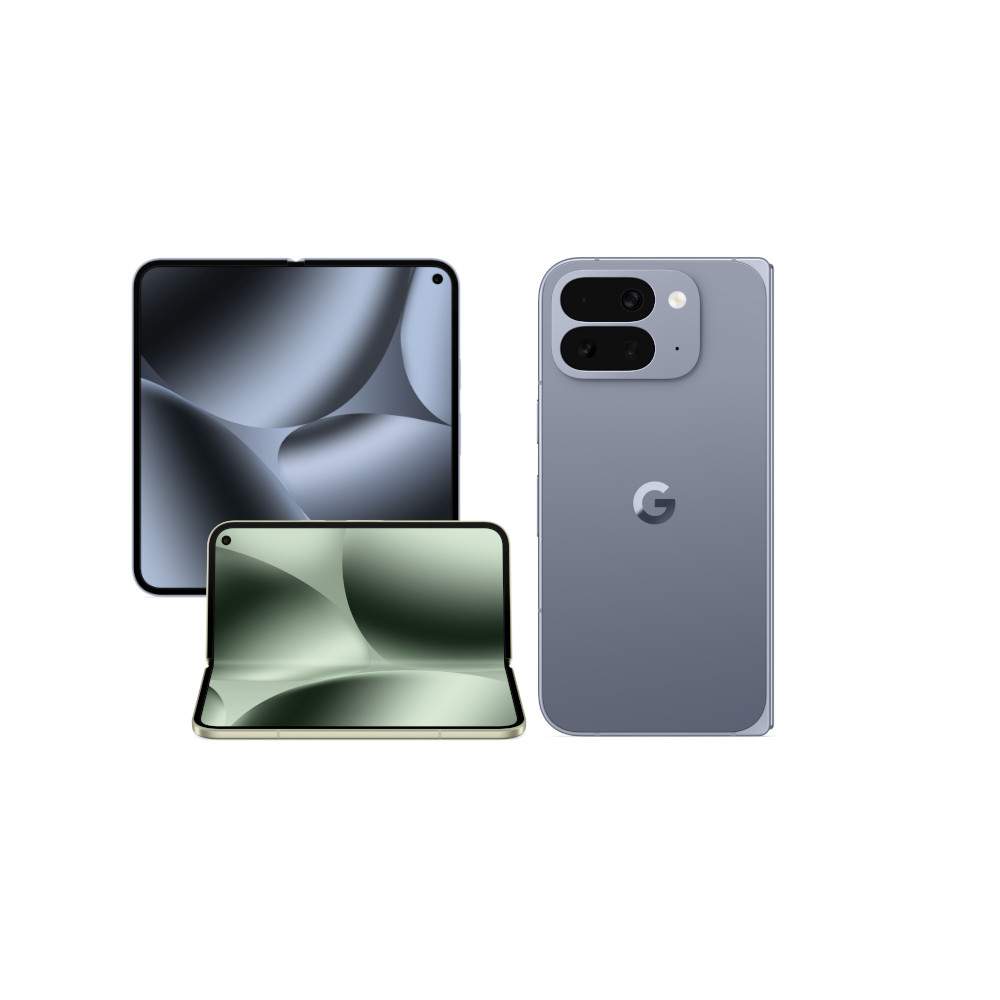Google’s Pixel 10 lineup has been off to a roaring start. The base model Pixel 10 is a handset we called “one of the best phones Google has ever made,” with its new telephoto camera, magnetic charging, and excellent hardware making it a superb value at $799. Meanwhile, both the Pixel 10 Pro and Pixel 10 Pro XL have justified their higher prices with super versatile cameras, even nicer hardware, and better performance.
But what about Google’s most expensive Pixel 10, the Pixel 10 Pro Fold? I’ve spent about a week using Google’s latest foldable Pixel, and it’s been an interesting time so far.
On the one hand, there’s a lot about the Pixel 10 Pro Fold that Google has absolutely nailed. The screens look great, the hardware is top-notch, and Google’s version of Android 16 is shockingly well-optimized for the big 8-inch inner display.
I’ve enjoyed my time with the Pixel 10 Pro Fold, but there’s already one thing that’s bugging me, and I’m not sure if I’ll ever be able to overlook it.
Are you going to buy the Pixel 10 Pro Fold?
64 votes
My biggest complaint about the Pixel 10 Pro Fold
That one thing is the camera system. The Pixel 10 Pro Fold features a triple-lens setup, comprising a 48MP primary camera with an f/1.7 aperture, a 10.8MP telephoto camera with 5x optical zoom, and a 10.5MP ultrawide camera.
For some context, the primary and telephoto cameras use the same sensors as those on the base Pixel 10. They’re good cameras for a $799 smartphone, but on a phone that costs $1,799, they’ve consistently stood out to me as the Fold’s most significant compromise, even after just a week with the phone. I took some side-by-side photos with the non-folding Pixel 10 Pro so you can see the difference for yourself, and it’s not pretty.
In the first picture of the sunset over the lake, the Fold’s smaller primary camera struggles significantly with the sun, rendering it into a super-blown-out white orb with harsh lighting. It’s a tough shot for the Pixel 10 Pro as well, but in its photo, the sunlight is wrangled in much more tightly and with a more pleasing (and lifelike) orange hue. This also translates to nicer colors in the sky and water.
The quality disparity persists with the photo of the chicken and pasta dish (which, by the way, was delicious). Here, the Pixel 10 Pro Fold photo is bad. The color of the chicken looks anemic, parts of the photo appear over-sharpened, and the whole thing just looks flat. Compare that to the Pixel 10 Pro image, where the colors are so much richer. The larger sensor creates a nice, natural bokeh with the chicken pieces near the back of the dish, and the sharpness is better handled, too.
Things aren’t any better with the telephoto camera. The above shot was taken at 5x zoom, which is the optical range for both the Pixel 10 Pro and Pixel 10 Pro Fold. As we’ve seen in the other two photos, the Fold once again disappoints. Zoom in just a little bit, and you’ll see how much noisier the sky and trees are in the Fold’s picture compared to the Pixel 10 Pro. This is an admittedly challenging scene, zooming at 5x when the sun has mostly set, but it’s something a $1,799 phone should be able to handle much better than what the Fold is capable of.
And it’s not just 5x zoom where the Pixel 10 Pro Fold has annoyed me. This year’s folding Pixel has a maximum zoom range of 20x. That might be fine in a bubble, but not in the same year that the Pixel 10 Pro debuted its new (and excellent) 100x Pro Res Zoom feature.
The advantage here isn’t necessarily that you’ll want to take 100x photos all the time, but the flexibility to zoom up to 30x or 50x — paired with some really impressive upscaling — is a seriously big advantage that the Pixel 10 Pro Fold completely lacks.
Even at smaller zoom distances of 10x or 20x, the Pixel 10 Pro’s higher-quality sensor is apparent. The Pixel 10 Pro’s telephoto camera has quickly become one of my favorite features of the phone, and having such a downgraded telephoto sensor on the Pixel 10 Pro Fold is a real shame.
Ultimately, this has all left me feeling more limited and less confident in the types of photos I can capture compared to the Pixel 10 Pro. And as someone who gravitates toward Pixels because of their cameras, this is a problem. The Fold’s cameras aren’t horrible by any means, but they also aren’t up to the quality you should expect from a $1,799 “Pro” Pixel phone.
Are those camera sacrifices worth it?

Joe Maring /
If you’ve looked at the Pixel 10 Pro Fold spec sheet at any point between now and its announcement in August, the conclusion that it has a weaker camera system compared to the Pixel 10 Pro shouldn’t come as any surprise. But having spent so much time with the Pixel 10 Pro and experiencing firsthand just how incredible its cameras truly are, leaving that behind with the Pixel 10 Pro Fold has been a challenge.
As much as I appreciate the flexibility of a foldable, I’m unsure if the camera trade-offs are worth it.
Of course, if you can deal with the lesser camera experience, Google rewards you with what has proven to be an excellent foldable phone with the Pixel 10 Pro Fold. I’ve thoroughly enjoyed using the large 8-inch screen for writing in my journal, jotting down Google Keep notes, watching YouTube, and more comfortably navigating websites in Chrome. Plus, having that foldable experience in a phone that retains all of my favorite Pixel features — plus the wonderful built-in magnets from the other Pixel 10 models — is a pretty fantastic combination.
However, as much as I appreciate the flexibility of a foldable phone, I’m unsure if the camera trade-offs are worth it — especially at this price. It’s unfortunate that Google makes you choose one or the other, and over the next few days as I work on my review, I’ll try to figure out which is the best choice for you if you’re thinking about buying the Pixel 10 Pro Fold for yourself.

Google Pixel 10 Pro Fold
Top-tier specs • IP68 rating • 6.4-inch outer and 8-inch inner displays
Thinner, more powerful, and a bigger display
The Google Pixel 10 Pro Fold combines a 6.4-inch front display with a folding 8-inch inner panel for two capable viewing experiences. With the Tensor G5 shipset, 16GB of RAM, and lots of UFS 4.0 storage options, it matches the Pixel 10 Pro XL in terms of specifications and performance. The folding phone also offers a triple camera setup, plenty of powerful AI features, wireless charging, and an IP68 rating.
Thank you for being part of our community. Read our Comment Policy before posting.










